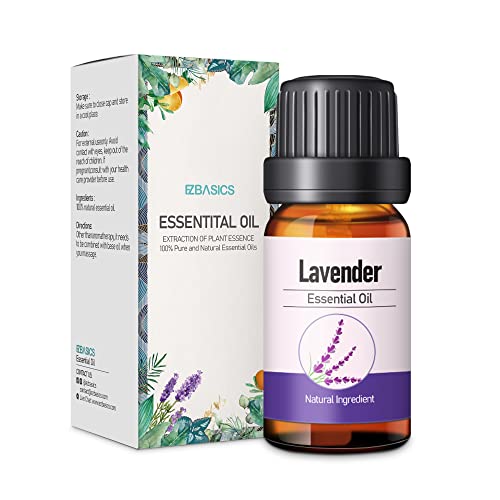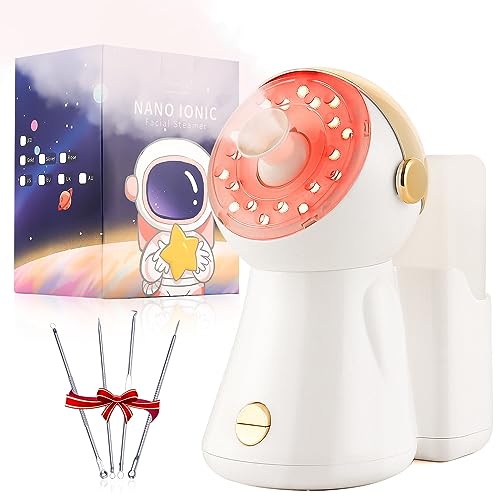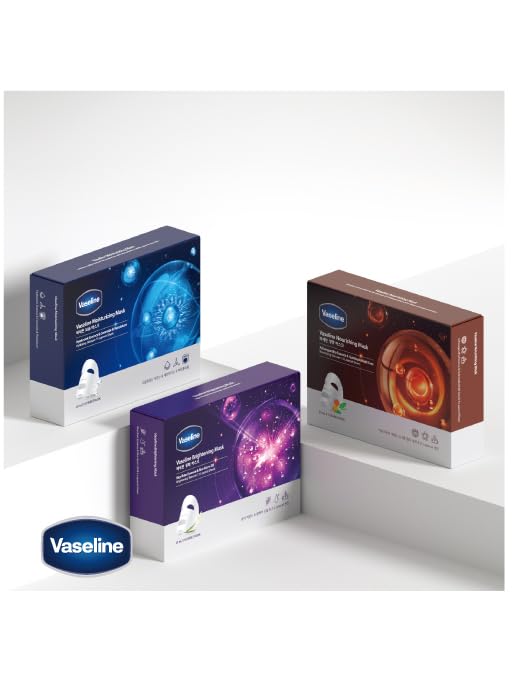
Is a facial steamer suitable for all skin types?
This step-by-step guide explores whether a facial steamer is suitable for all skin types. It explains the purpose and benefits of using a facial steamer.
Top-Selling Facial Steamers



Understanding Facial Steamers
Facial steamers are powerful tools that can greatly improve the health and appearance of your skin. These devices work by producing a gentle stream of warm steam that envelops your face, opening up your pores and cleansing them from deep within. To use a facial steamer, first ensure that your face is clean and free from any makeup or dirt. Then, fill the water tank of the steamer with distilled water and switch it on. Allow the steamer to heat up for a few minutes until the steam starts to generate. Position your face about 6-8 inches away from the steam nozzle and let the warm mist wash over your skin for about 5-10 minutes.
The benefits of using a facial steamer are numerous. Firstly, the steam helps to open up your pores, allowing for a deeper cleanse. This can help to remove impurities, excess sebum, and dead skin cells, reducing the occurrence of breakouts and blackheads. Secondly, the warm steam promotes improved circulation, bringing more oxygen and nutrients to the skin cells. This can result in a brighter complexion and a healthier overall appearance. Lastly, the sensation of the warm steam can be incredibly relaxing, providing a mini spa-like experience and helping to relieve stress and tension. Incorporating a facial steamer into your skincare routine can rejuvenate your skin and leave you feeling refreshed and revitalized.



Identifying Skin Types
Overview of Different Skin Types
- Normal Skin: Normal skin is well-balanced, neither too oily nor too dry. It has a smooth texture with small pores and an even tone. Common concerns associated with normal skin include occasional breakouts and minor imperfections.
- Dry Skin: Dry skin lacks moisture and often feels tight and rough. It may have a dull appearance, flaky patches, and an overall tightness. Common concerns associated with dry skin include fine lines, wrinkles, and sensitivity to certain products.
- Oily Skin: Oily skin produces excess sebum, resulting in a shiny and greasy appearance. It tends to have enlarged pores, a thick texture, and is prone to acne and blemishes. Common concerns associated with oily skin include clogged pores, blackheads, and a shiny complexion.
- Combination Skin: Combination skin has both oily and dry areas. The T-zone (forehead, nose, and chin) is typically oily, while the cheeks and other areas may be dry or normal. Common concerns associated with combination skin include an uneven skin tone, enlarged pores, and occasional breakouts.
- Sensitive Skin: Sensitive skin is easily irritated and prone to redness, itching, and inflammation. It may react negatively to certain products or environmental factors. Common concerns associated with sensitive skin include allergic reactions, dryness, and a tendency to develop rashes or hives.
Understanding your skin type is crucial for developing an effective skincare routine. By identifying your skin type, you can choose appropriate products and address specific concerns to achieve a healthy and radiant complexion.



Determining Suitability
To determine whether a facial steamer is suitable for your skin type, follow these steps:
- Identify your skin type: Start by understanding your skin type. Common skin types include normal, dry, oily, combination, and sensitive. Each skin type has different needs and reacts differently to various treatments.
- Research the benefits: Look for the potential benefits of using a facial steamer for your specific skin type. For normal skin, a facial steamer can help maintain a healthy complexion and provide deep hydration. Dry skin can benefit from increased moisture and improved elasticity. An oily skin type may benefit from the facial steamer’s ability to unclog pores and reduce excess oil production. Combination skin can find relief with a facial steamer by balancing oil production and hydrating dry areas. Sensitive skin types should approach facial steaming with caution, as it can potentially cause irritation.
- Consider the risks: Evaluate the potential risks associated with using a facial steamer on your skin type. Normal skin generally has minimal risks, but it is important to avoid steaming for too long to prevent excessive drying. Dry skin can experience increased dryness if steaming sessions are too frequent or prolonged. Oily skin may develop breakouts if the steamer is used for too long, as it could stimulate oil production. Combination skin should be cautious not to over-steam, as it can exacerbate dryness in certain areas. Lastly, sensitive skin types should be particularly careful with facial steaming, as it can cause redness, inflammation, or breakouts if not done correctly.
By following these steps, you can determine the suitability of a facial steamer for your skin type, considering both its potential benefits and risks. Remember to always start with shorter steam sessions and gradually increase the duration to find the right balance for your skin.


Using a Facial Steamer for Different Skin Types
Step 1:Start by thoroughly cleansing your face to remove any makeup, dirt, or oil. Use a gentle cleanser that suits your skin type and rinse with lukewarm water. Pat your face dry with a clean towel.
Step 2:Fill the water tank of your facial steamer with distilled or filtered water. Avoid using tap water as it may contain impurities that could clog the steamer. Check the manufacturer’s instructions for the maximum water capacity and fill accordingly.
Step 3:Switch on the facial steamer and allow it to heat up. This usually takes around 1-2 minutes. While waiting, tie your hair back or use a headband to keep it away from your face.
Step 4:Position your face about 6-8 inches away from the steamer and gradually move closer, allowing the gentle steam to envelop your face. Start with shorter intervals of 3-5 minutes, especially if you have sensitive skin, and gradually increase the duration as your skin becomes accustomed to the treatment. Avoid steaming for more than 15 minutes to prevent overexposure.
Step 5:After the desired duration, switch off the steamer and gently pat your face with a towel to remove any excess moisture. At this point, your pores will be open, making it an ideal time to apply any treatments such as serums, masks, or moisturizers. Remember to choose products specifically formulated for your skin type.
Step 6:To complete the process, rinse your face with cool water to close the pores and gently pat dry. Apply a suitable toner and moisturizer to lock in the benefits of the steaming session.
Precautions:
- Avoid using a facial steamer if you have sunburned or broken skin, or if you have a skin condition that worsens with heat.
- Keep a safe distance from the steamer to prevent burns.
- Do not steam your face more than once or twice a week to avoid excessive drying or irritation.
- If you experience any discomfort or adverse reactions during or after steaming, discontinue the use of the facial steamer and consult a dermatologist.
Remember, using a facial steamer can be a beneficial addition to your skincare routine, but it’s important to adapt the duration and frequency based on your skin type and sensitivity.



Alternative Options for Unsuitable Skin Types
Alternative Skincare Methods and Treatments for Unsuitable Skin Types
1. Exfoliation with a Gentle Scrub: If your skin type is not suitable for using a facial steamer, there are alternative methods to achieve a deep cleanse and exfoliation. Start by choosing a gentle facial scrub that suits your skin concerns. For oily or acne-prone skin, look for a scrub with ingredients like salicylic acid or tea tree oil to help unclog pores and reduce breakouts. For dry or sensitive skin, opt for a scrub with hydrating ingredients like hyaluronic acid or aloe vera to nourish and soothe the skin.
Instructions: Wet your face with warm water, then apply a small amount of the scrub to your fingertips. Gently massage the scrub in circular motions all over your face, avoiding the delicate eye area. Focus on areas that tend to have more dead skin build-up, such as the nose, forehead, and chin. Rinse off the scrub with lukewarm water, then pat your face dry with a clean towel. Follow up with a moisturizer suitable for your skin type to lock in hydration.
2. Clay Mask Detoxification: Another alternative treatment for those with unsuitable skin types for facial steaming is using a clay mask. Clay masks are known for their ability to draw out impurities, absorb excess oil, and tighten pores. Different types of clay, such as bentonite clay or kaolin clay, cater to specific skin concerns. Bentonite clay is beneficial for oily or acne-prone skin, while kaolin clay is more suitable for sensitive or dry skin.
Instructions: Start by cleansing your face with a gentle cleanser to remove any dirt or makeup. Apply an even layer of the clay mask to your face, avoiding the eye and lip area. Allow the mask to dry for about 10-15 minutes or until it feels tight. Rinse off the mask with warm water and a soft cloth, gently massaging in circular motions to exfoliate the skin. Pat your face dry and follow up with a moisturizer to replenish moisture. Use the clay mask treatment once or twice a week for best results.


Final Thoughts
In conclusion, a facial steamer can be a valuable addition to a skincare routine for many individuals. It offers various benefits such as deep cleansing, hydration, and relaxation. However, it is crucial to take into account individual skin concerns and preferences before using a facial steamer. Some skin types may be more sensitive or prone to dryness, and it is important to adjust the frequency and duration of steaming accordingly. Overall, with proper consideration, a facial steamer can be a suitable tool for maintaining healthy and radiant skin.
Skin Type Considerations

Hey, I’m Ava Wilson—a skincare enthusiast and a certified esthetician. I’m dedicated to sharing my knowledge and empowering others to achieve healthy, glowing skin through simple, effective routines and natural remedies. Join me on this exciting skincare journey, and let’s unlock your skin’s potential for a confident, beautiful you.





